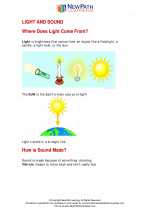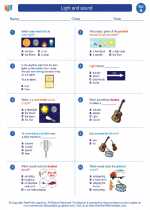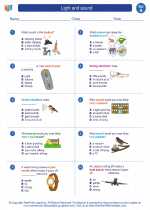Refraction
Refraction is the bending of light as it passes from one transparent substance into another. This bending occurs because light travels at different speeds in different substances. When light passes from one substance to another, such as from air to water or from air to glass, its speed changes, causing it to bend.
Causes of Refraction
Refraction occurs because the speed of light changes when it passes from one substance to another. This change in speed is due to the change in the density of the medium. When light enters a substance with a higher density, such as water or glass, it slows down and bends towards the normal line (an imaginary line perpendicular to the surface). When light enters a substance with a lower density, such as air, it speeds up and bends away from the normal line.
Examples of Refraction
There are many examples of refraction in everyday life. Some common examples include the bending of a pencil in a glass of water, the way objects appear distorted when seen through water, and the way a straw appears to be broken when placed in a glass of water. These examples all demonstrate how light bends as it passes from one substance to another.
Study Guide
- What is refraction? Explain in your own words.
- What causes refraction to occur?
- Provide an example of refraction that you have observed in everyday life.
- How does the speed of light change when it passes from air to water? How does this affect the path of light?
- Describe how a straw appears when placed in a glass of water. Why does this happen?
Understanding refraction is important in many scientific and practical applications, such as the design of eyeglasses, lenses, and the study of the behavior of light in various mediums.
[Refraction] Related Worksheets and Study Guides:
.◂Science Worksheets and Study Guides First Grade. Light and sound

 Worksheet/Answer key
Worksheet/Answer key
 Worksheet/Answer key
Worksheet/Answer key
 Worksheet/Answer key
Worksheet/Answer key
 Vocabulary/Answer key
Vocabulary/Answer key
